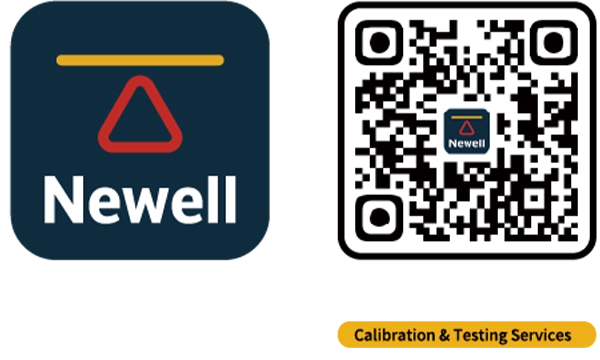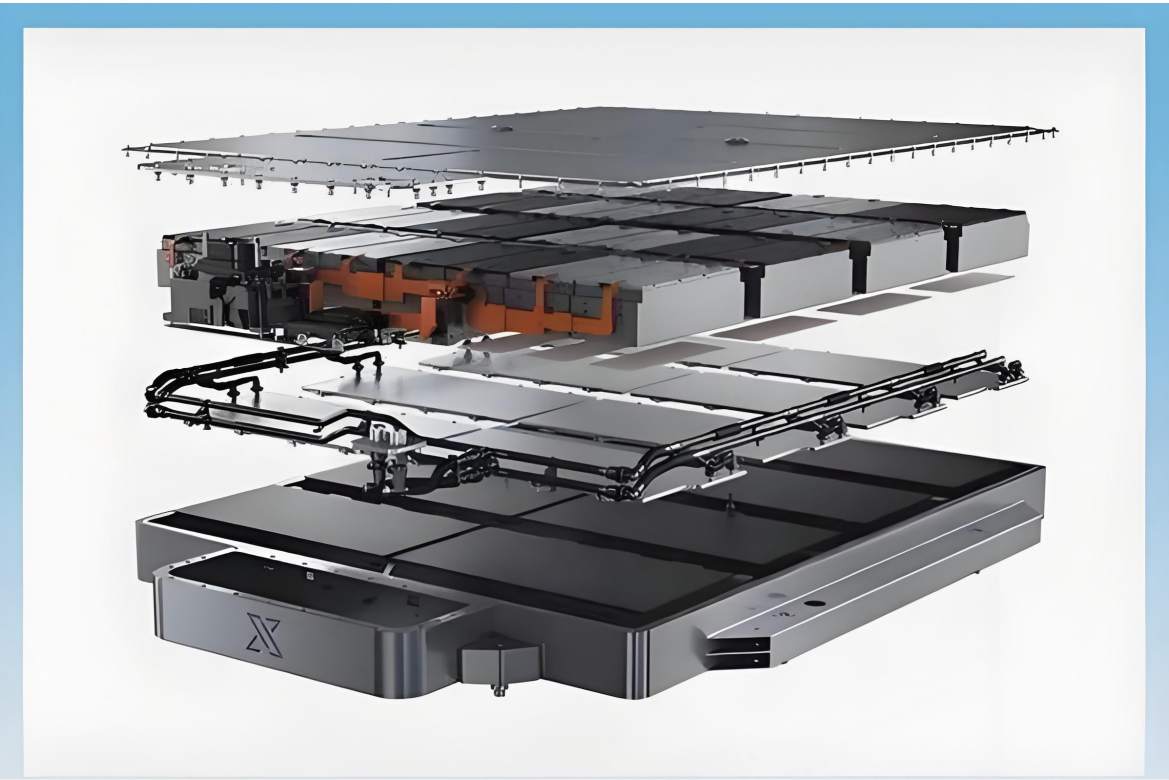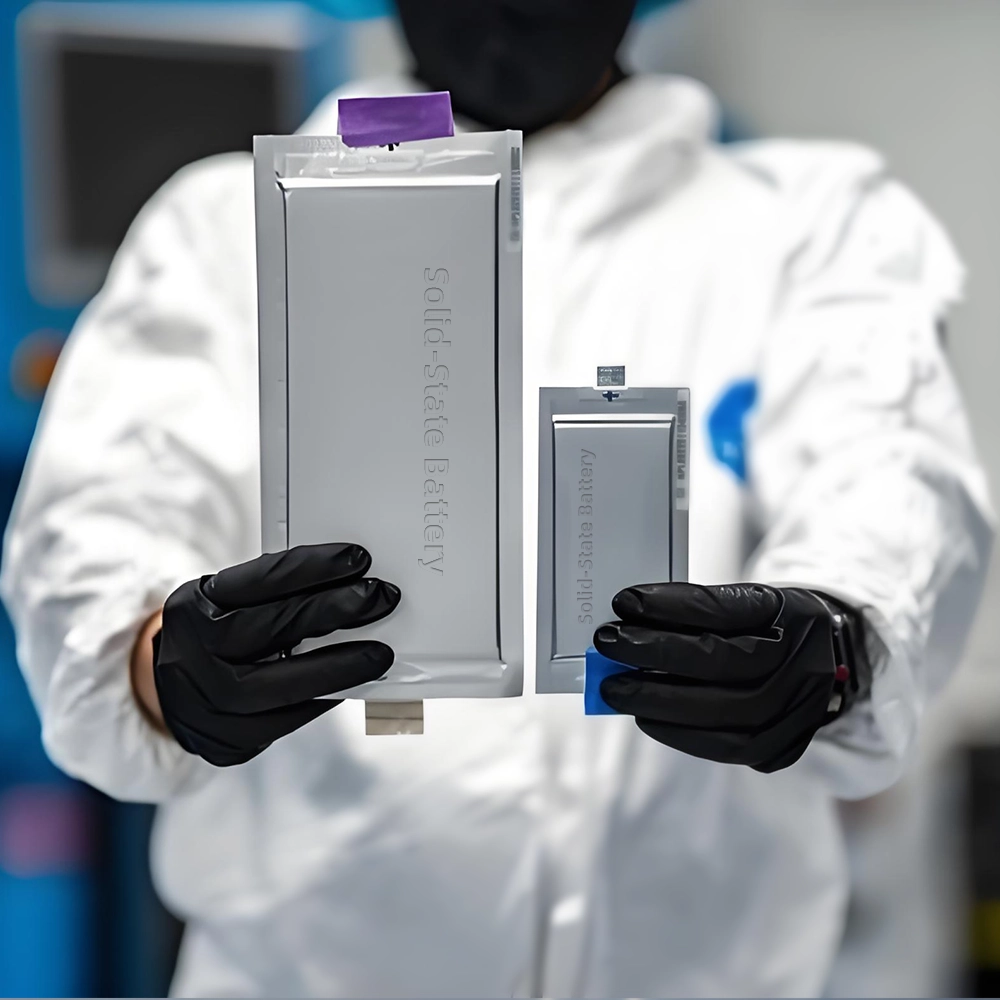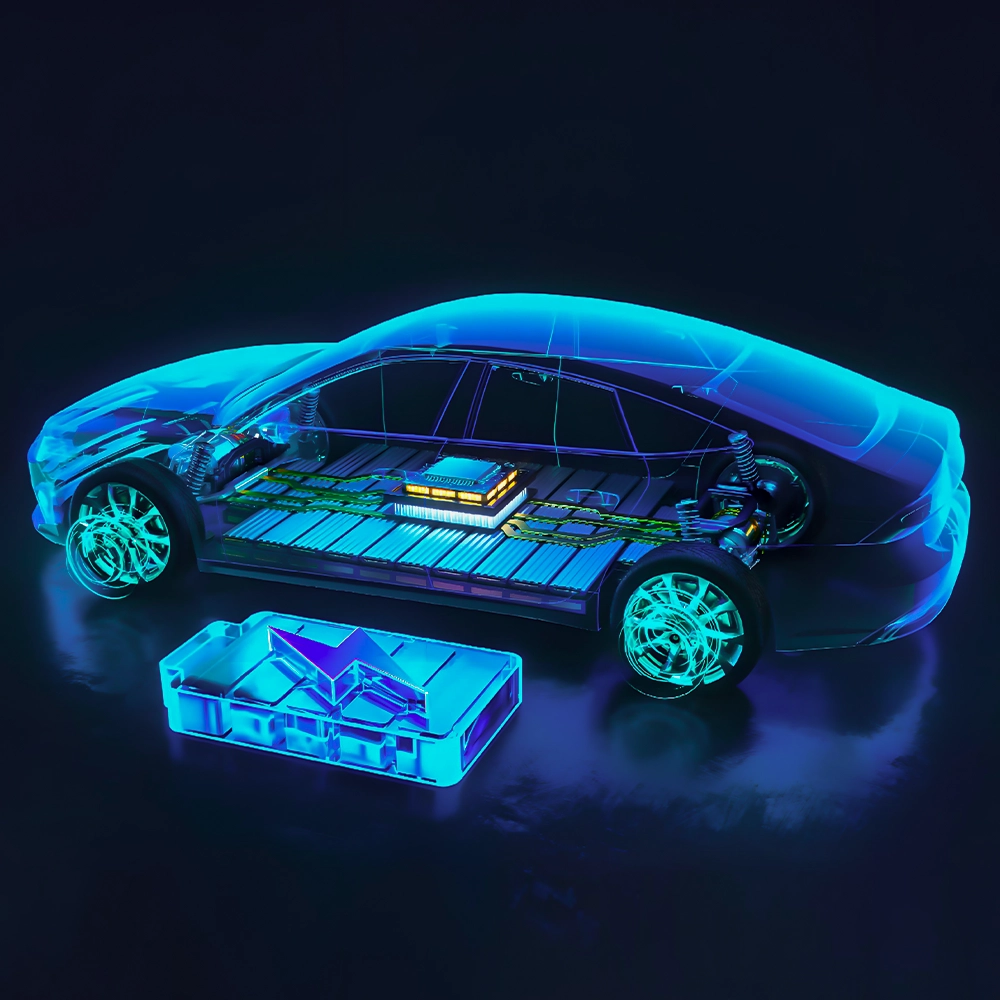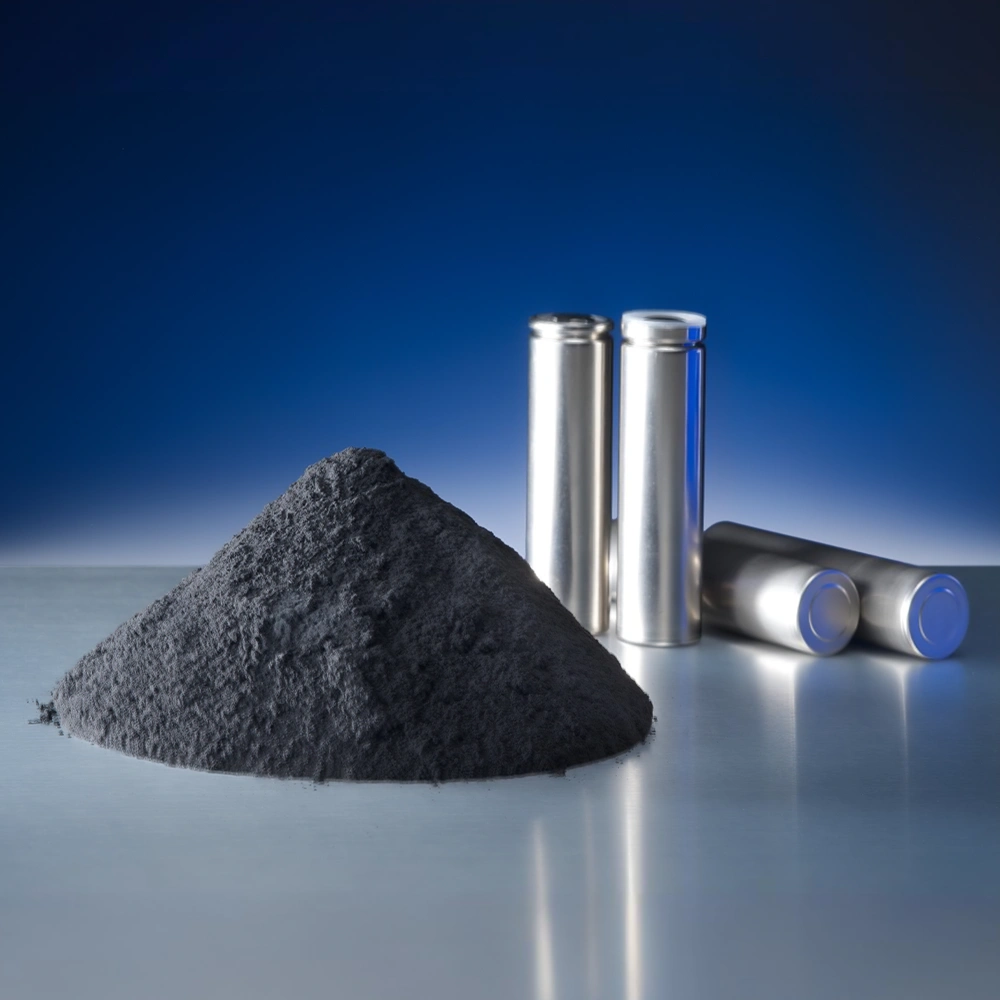1. The challenge of the liquid: flooded lead-acid batteries
Traditional flooded lead-acid batteries use a liquid electrolyte. While robust and cost-effective, this design comes with inherent limitations:
Regular maintenanc: Water evaporates during charging, requiring regular top-ups with distilled water.
Fixed installation: They must be kept upright to prevent acid leakage.
Ventilation environment: Charging produces hydrogen and oxygen gas, necessitating ventilation and posing a potential safety risk.
Vibration sensitivity: Free-moving liquid can slosh, making the batteries vulnerable to damage from vibration and shock.
These constraints made traditional batteries unsuitable for new, demanding applications like telecommunications, uninterruptible power supplies (UPS), and portable medical devices.
2. The revolution: immobilizing the electrolyte
The breakthrough came with the development of Valve-Regulated Lead-Acid (VRLA) batteries, which fix the electrolyte in place. This solved the core issues of the flooded design. There are two primary paths this revolution took:
The AGM (absorbent glass mat) solution
In AGM batteries, the liquid electrolyte is absorbed and held in place by a highly porous microfiber glass mat separator sandwiched between the lead plates. Think of it as a super-absorbent sponge that completely locks in the acid.
Key advantages: Excellent high-rate discharge performance (perfect for engine starting), spill-proof design, and resistance to vibration.
Application scenario: Automotive start-stop systems, UPS units, and power sports.
The gel electrolyte innovation
Gel batteries take a different approach. A gelling agent, like fumed silica, is added to the sulfuric acid, transforming it into a solid, non-flowing gel substance.
Key advantages: Superior deep-cycle capability, exceptional resistance to high temperatures, and very low self-discharge. The gel structure minimizes acid stratification, a common cause of failure in liquid batteries.
Application scenario: Deep-cycle applications like solar energy storage, electric scooters, and marine use.
3. Why this revolution matters for your applications
The shift from liquid to immobilized electrolyte isn't just a technical detail—it's what enables modern reliability.
Truly maintenance-free: No water topping is ever needed.
Safe and versatile installation: Their sealed, leak-proof nature allows installation in any orientation (except inverted) and in sensitive environments like server rooms or offices without special ventilation.
Enhanced safety: The VRLA design includes a safety valve. Oxygen and hydrogen gases produced during charging are largely recombined within the battery, minimizing gas emission and the risk of explosion.
4. Choosing the right technology for your needs
| Feature | Flooded (Liquid) | AGM (Immobilized Liquid) | Gel (Immobilized Gel) |
| Maintenance | Required | Maintenance-Free | Maintenance-Free |
| Leak Proof | No | Yes | Yes |
| Deep Cycle Life | Fair | Good | Excellent |
| High Current Output | Good | Excellent | Good |
| Cost | Lowest | Moderate | Higher |
5. Conclusion: technological innovation drives the need for precision testing
The advancements in AGM and Gel technologies have elevated the reliability and application boundaries of lead-acid batteries to new heights. However, these sealed, maintenance-free characteristics also present more severe challenges for battery R&D, quality control, and performance validation. How can we accurately evaluate the deep-cycle life of Gel batteries? How do we verify the stability of AGM batteries under high-rate discharge? How do we ensure their safety across different temperature environments?
As a manufacturer of battery testing equipment, NEWARE provides important support for these technological advances. Our high-precision battery testing systems and environmental chambers can accurately simulate various harsh operating conditions, helping you to:
Precisely validate the overall performance of AGM, Gel, and flooded lead-acid batteries.
Accelerate life cycle testing and predict long-term reliability.
Ensure product safety and meet global standard certification requirements.
Looking to accurately validate the performance and reliability of various lead-acid batteries? Welcome to contact NEWARE for professional battery testing solution advice.



